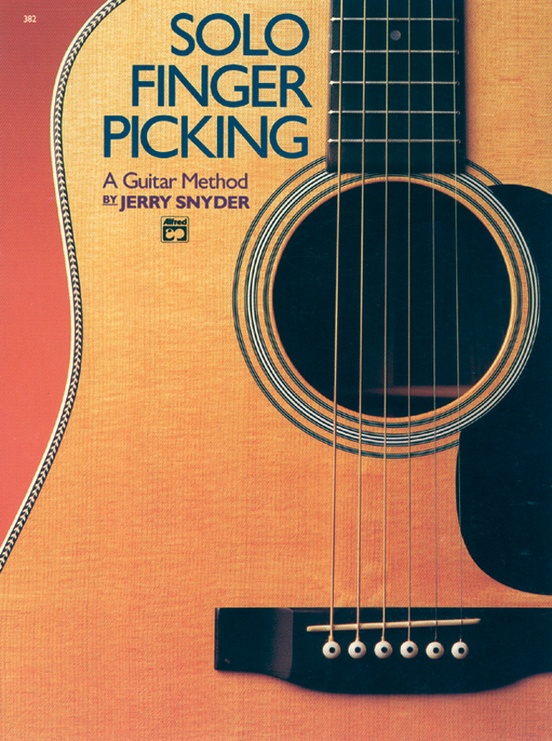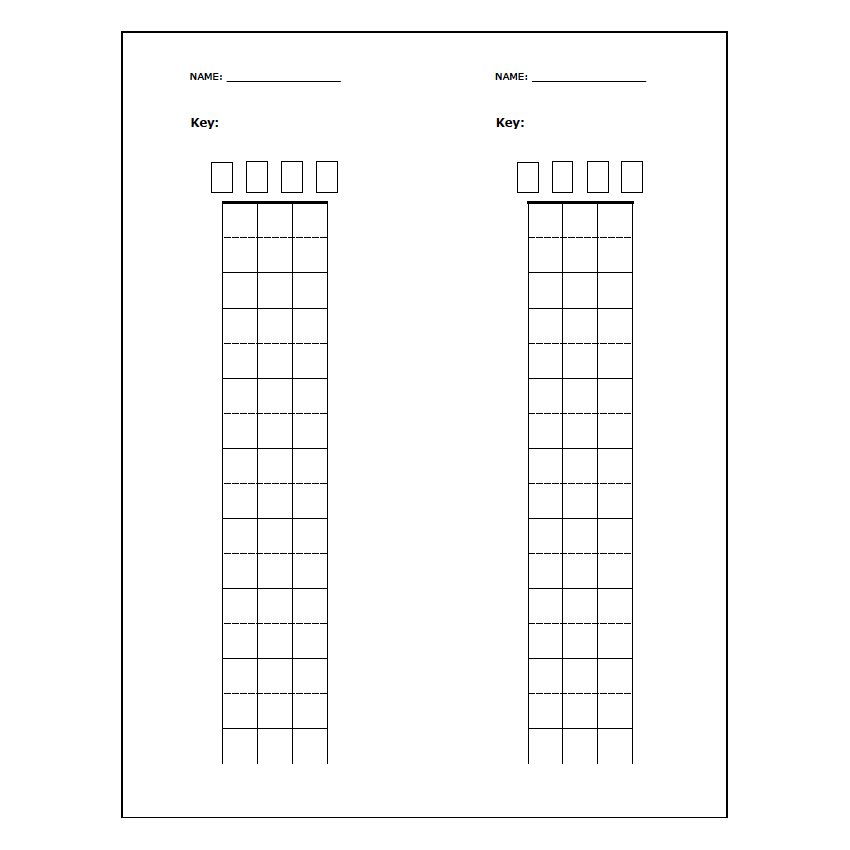

- Fingering chart all for strings theory book 1 teachers how to#
- Fingering chart all for strings theory book 1 teachers series#
The UT also employed a detailed, systematic series of procedures intended to maximize the use of class time, hold students accountable for their progress, and allow independent learning with as little teacher intervention as possible.

This pedagogy differed from previous instrumental methods in that instructional material consisted entirely of melodies rather than scales and exercises. The authors designed the book to appeal to children by applying the song method from elementary vocal music to instrumental instruction. The process of teaching by adding fingers one by one gained popularity as classes began to include multiple students on all string instruments. Maddy and Giddings wrote the UT from 1920 to 1922 while teaching summer methods courses together at Chautauqua, New York, and at the University of Southern California. Research questions focused on (I) details surrounding the writing and publishing of the UT (2) philosophical, psychological, and pedagogical principles behind the method (3) the influence of the UT on class teaching and subsequent books and (4) implications of this research for modern practice. Each page features exercises and games which encompass music fundamentals introduced in the method books.


Frost Description Theory Workbooks 1 and 2 are correlated with the All for Strings method books and are suitable for classroom or individual use. Giddings published by the Conn Musical Instrument Company in 1923, was the subject of this study. All For Strings Theory Workbook 1 - Violin Composed by Gerald Anderson, Robert S.
Fingering chart all for strings theory book 1 teachers how to#
For a good article by Bret Pimentel on how to navigate the choice of pinky keys click here.įor more details about the clarinet, including its history and terminology, click here to see the wikipedia article.The Universal Teacher for Orchestra and Band Instruments (UT), a class method by Joseph E. Video Lessons offer students and teachers a comprehensive, step-by-step look at concepts taught throughout String Basics. This allows clarinet players to alternate right/left hand pinky keys in order to perform smooth slurs between any combination of notes. Specifically, three of the pinky keys have a matching key which serves the same function for the other hand. For a list of altissimo fingerings, click here.ģ-The clarinet is the only instrument which has complementary/matching pinky keys for both hands. For details about why this happens, click here (wikipedia) or here (Michigan Tech).Ģ-There are specific names for the three primary ranges on a clarinet - the Chalumeau Register is the lowest, the Clarion Register is played when pressing the register key, and the Altissimo Register uses unusual fingering combinations which mostly include pressing the register key but opening the left-hand first finger hole. Therefore, the middle- C on clarinet will become a high-G (on top of the staff) when you add the REGISTER KEY. However, there are three unique features of the modern clarinet, including the following:ġ-The clarinet thumb key does not cause it to jump up an octave like the saxophone, flute, or oboe, but instead the cylindrical bore of the clarinet skips a partial and jumps to an Octave+Fifth. They also work with fingering chart exercises so that basic theory can be immediately applied to their instrument. Place your fingers on the dots in the positions denoted, stay mindful of your open and muted strings, then strum away. The first two notes on the G string, G/Ab and A can both be played with the first finger. This very basic violin finger chart simply shows all of the pitches that are available in first position. And so it goes for every chord chart you encounter. This chart shows every single note in first position, making up a chromatic sequence of semitones. Place your 3rd finger on the 3rd string/2nd fret. It also uses the Boehm fingering system, making the basic finger pattern almost identical to the flute and saxophone. Place your 2nd finger on the 4th string/2nd fret. The clarinet has many things in common with other reed instruments, such as having a left-hand thumb key to pop the fingered note up to a higher register and having several pinky keys for each hand.


 0 kommentar(er)
0 kommentar(er)
